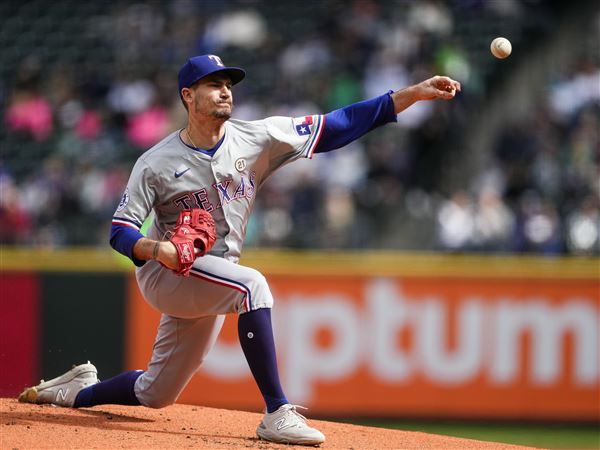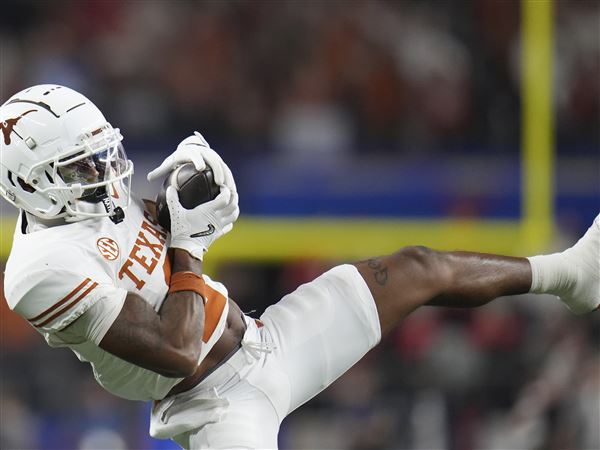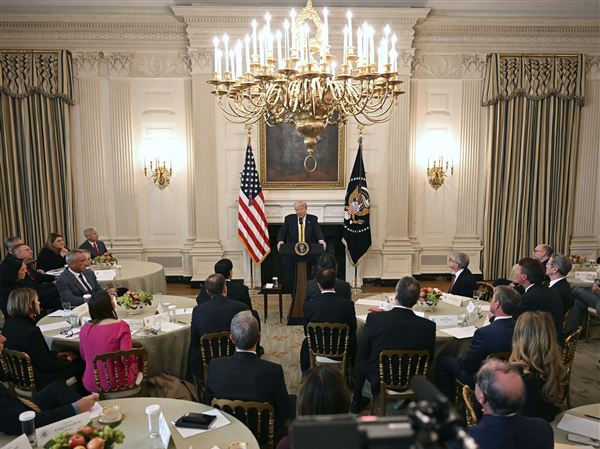With one out in the second inning Wednesday, Pirates pitcher Edinson Volquez threw a curveball to Giants second baseman Brandon Belt that scraped the dirt before it hit Russell Martin's catchers mitt. It was an unremarkable moment in an otherwise electrifying evening.
But those are the plays that keep Al Flemm and his crew busy. As authenticators with MLB's Authentication program, Flemm and his three colleagues were busy Wednesday night during the wild-card game at PNC Park, cataloging and verifying game-used items.
After the ball to Belt was sufficiently scuffed, Martin discarded it to the backstop, where one of the Pirates bat boys picked it up and tossed it to Flemm, sitting in a camera well to the left of home plate. Flemm stuck a hologram to the ball, which was available for sale in the team store at PNC Park a few innings later.
MLB authenticators do this at every game, but the process kicks into overdrive in the playoffs.
"It's all hands on deck," said Howard Shelton, MLB Authentication program manager.
The league employs about 140 authenticators -- four in Pittsburgh -- throughout 30 ballparks. Though only one or two work a regular season game, all four worked Wednesday night.
Fans are willing to pay top dollar for authentic memorabilia, and those items are more valuable when the word "postseason" gets tossed around. Before the start of the fourth, the Pirates had already sold a handful of game-used balls for $100 apiece. Second base had sold for $350 before the PNC Park grounds crew pulled its from its mooring.
MLB founded its authentication program in 2001 in response to an FBI investigation, called "Operation Bullpen," that revealed 75 percent of all autographed merchandise on the market was forged.
Since the founding of the program, the league has authenticated about 5 million items, from balls to bases, broken bats to hats and Champagne bottles, corks and goggles from the winning clubhouse Wednesday night.
"They're here just to witness, almost recording history of what they see," Shelton said.
The items return to the teams, which can decide the final fate. Sometimes they end up in a charity auction or community relations giveaway. Most often, the teams put them up for sale.
The league uses current and former police officers specifically because they are trained in chain of custody and evidence control. The holograms are tamper-proof and fall apart when pried from the object.
Balls hit into the stands are not tagged because they cannot be verified with 100 percent certainty.
Flemm, crew leader and a Pittsburgh police detective, has been working for MLB since it started hiring police officers in 2006. Before that, the league used a variety of accounting firms.
He takes his job seriously, and scolds colleagues at the police bureau who jokingly ask him to grab them a ball or a bat. But every now and then, he soaks it all in.
"I've got to stay neutral because I'm working for both teams," he said. "But I'm still a Pirates fan."
Michael Sanserino: msanserino@post-gazette.com, 412-263-1969 and Twitter @msanserino.
First Published: October 2, 2014, 4:00 a.m.
















